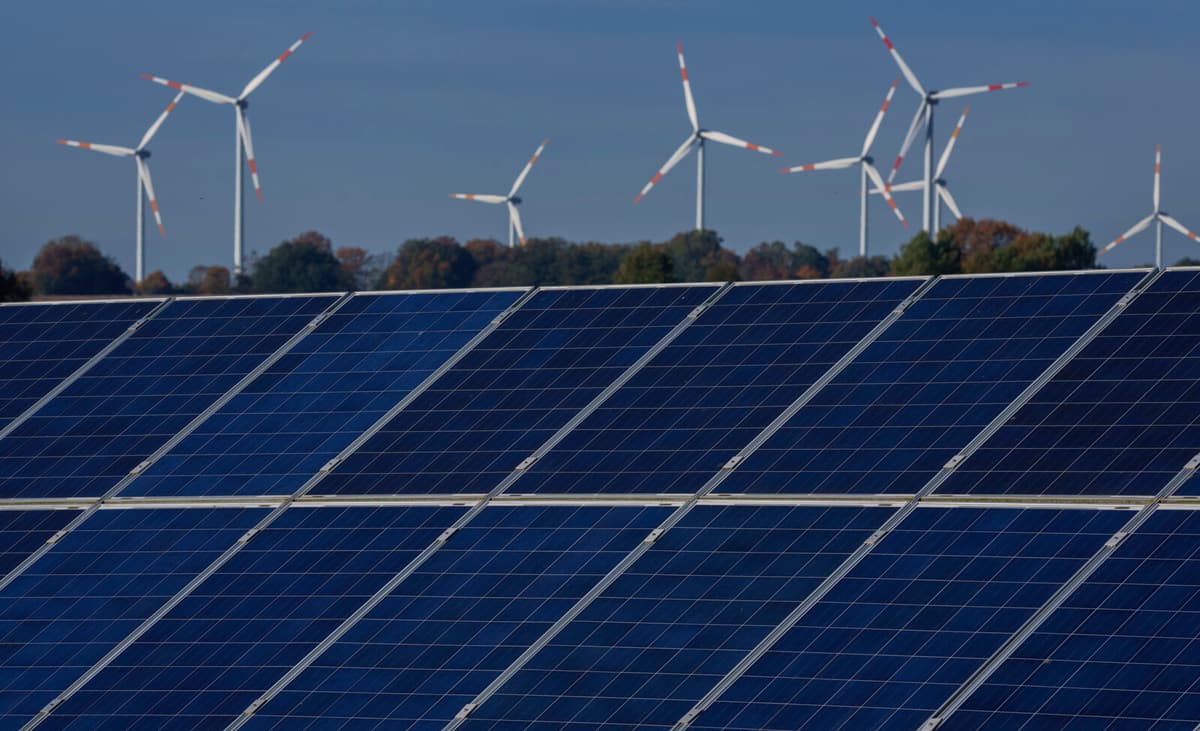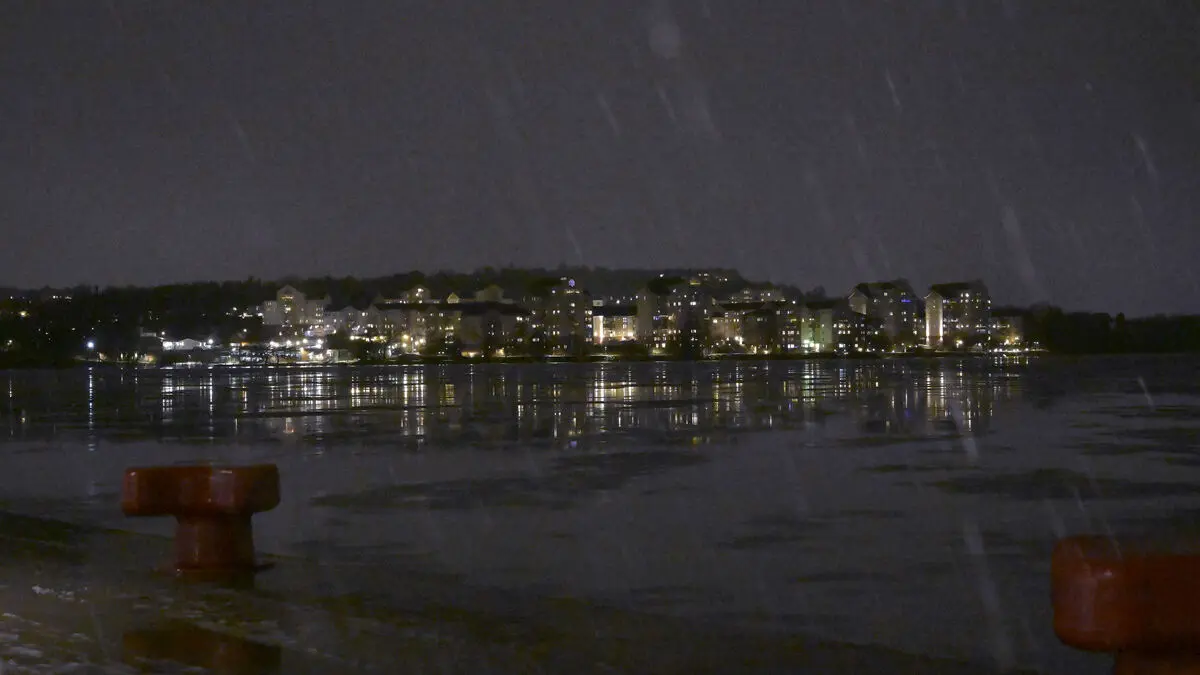Today, the Riksdag is voting on the financing of new nuclear power. However, no new such will not be in operation until at least 2035. Therefore, in principle, all new electricity production will come from land-based wind power and solar power, according to a study from Energiforsk.
"We do not know how quickly the industry's electricity needs will increase, which creates great uncertainties about how much new electricity production needs to be built, says Markus Wråke, CEO of Energiforsk, in a press release.
If the industry's electricity needs at the rate currently estimated and wind and solar power are built out to match demand, half of all electricity production will be weather-dependent in ten years.
To meet the power requirements around the clock, Sweden needs to build more gas turbines, energy storage, and make better use of hydropower, according to Energiforsk.
Electricity prices are expected to vary more when the weather plays a larger role, and also increase somewhat over time.
"Prices appear to increase across the country, and price differences between northern and southern Sweden are decreasing. Moreover, both this and previous studies show that prices are expected to vary more in the future than today, regardless of whether we build new nuclear power or not, since the share of solar and wind power increases in Europe", says Markus Wråke, CEO of Energiforsk.





